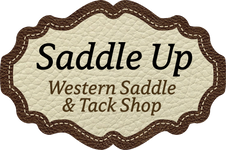Bit Resistance
Posted by Saddle Up on Jun 26th 2015
A horse will give you signs if his current bit is not working for him. Here are some common ways a horse will be resistant to the bit and try to evade it.
Overactive mouth: A horse that is not comfortable and is distracted by his current bit will display signs of excessive chomping and chewing. The horse may hold his mouth open, put his tongue over the bit or on the outside the mouth. Although the horse may be soft at the poll and responsive, he is telling you he is not happy or comfortable with his current bit.
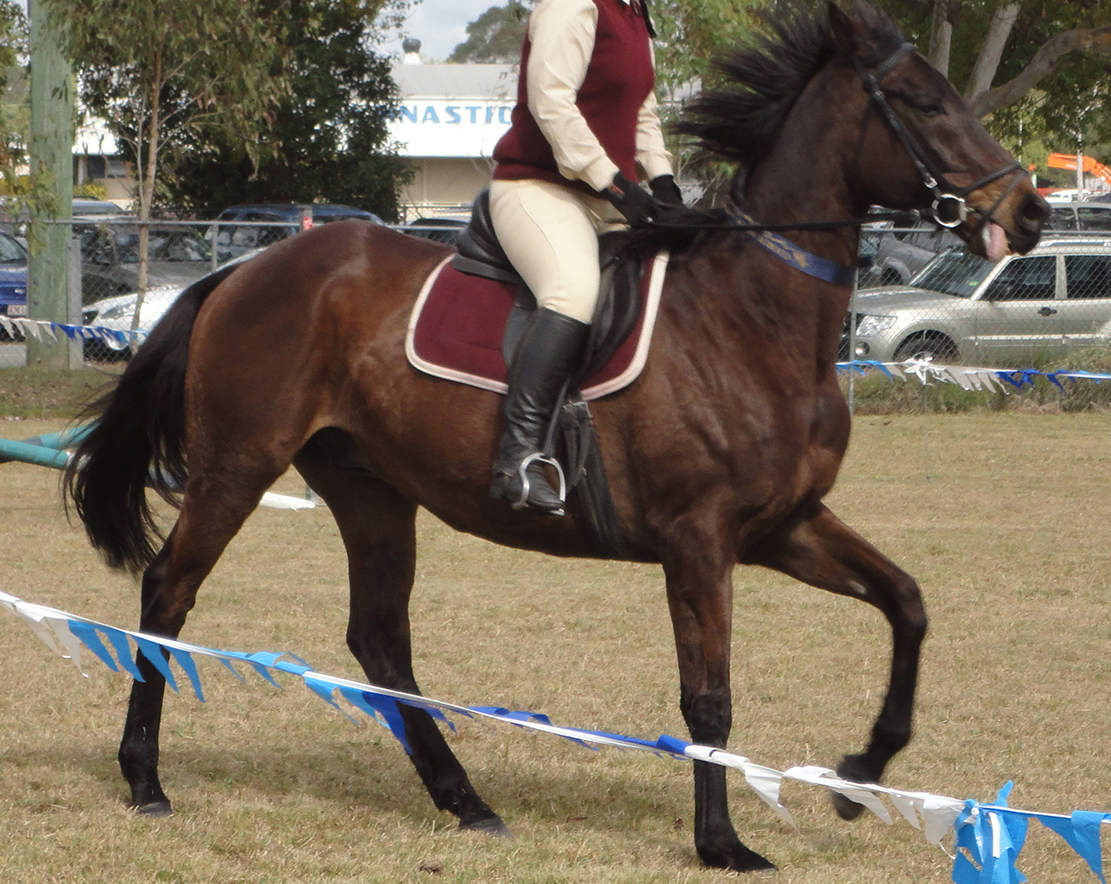
(photo taken from bitbankaustralia.wordpress.com)
Inversion: A horse that is inverting to avoid the bit will not be relaxed at the poll and goes above the bit by raising his head. How often the horse does this may vary in consistency. He may become relaxed for a little bit, then fling his head up. Intensity varies from just sticking his nose out to flinging his head up. This head raising action causes the back to hollow which prevents the horse from really using his hindquarters. His gaits may be choppy, rough and/or uncomfortable.
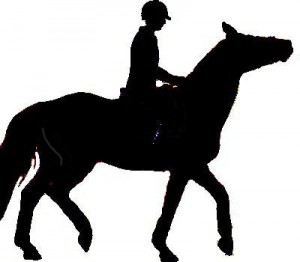
(photo taken from secondhandhorsestuff.com)
Leaning/pulling/not stopping: These three ways a horse tries to evade the bit are very similar. A horse might lean into the bit, might pull against the bit, and not stop when the rider increases rein pressure. This causes a stiff neck and throws off the balance of the horse and puts more weight onto the forehand. A rider's automatic response is to tighten the reins to ask the horse to round up. This causes a vicious cycle as the horse will only try and evade the bit more. A tug of war will break out, ranging from mildly annoying to very severe as a horse may grab the bit, lock his jaw, and bolt.
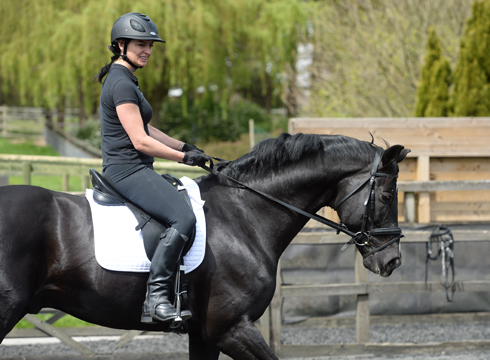
(photo taken from horseandhound.co.uk)
Behind the bit: A horse that is behind the bit curls up his front end and tucks his chin to his chest instead of staying on the vertical. This will apply more weight on the forehand. When a horse goes behind the bit most riders will release the reins to encourage the horse to bring his head up. The horse may go behind the bit all the time or intermittently.
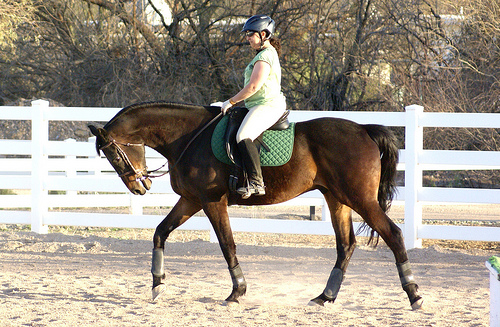
(photo taken from myvirtualeventingcoach.com)
All of these are ways that a horse will try and evade the bit. A common "fix" for these types of behaviors is to go to a harsher bit. More pressure means the horse has to listen and will respond better, right? Not necessarily. Majority of the time getting a harsher bit does not fix the problem and usually only makes the behavior worse. You have to figure out what the bit is doing in the horse's mouth in order to figure out the real problem.
There is a common theme in all these behaviors. Whether a horse has an overactive mouth, goes behind the bit, or any of the others, he has found a way to give his tongue a certain amount of relief. No matter the behavior, it all comes down to the horse is uncomfortable with the amount of pressure that is on their tongue. These behaviors are the only way a horse can communicate that the bit is uncomfortable/hurting him.
Many products such as the flash nose-band, drop nose band, and caveson are designed to keep the mouth shut. However, if a horse is happy and comfortable with his bit, there could be no need to keep his mouth shut. If you have any of these issues take the time to look at your bit and find what pressure points it is hitting. Then find a bit that either hits different pressure points or is designed in a way to make it more comfortable to the horse, then you will have a happy, soft, more willing and safer horse. Don't automatically assume that the horse is just being a bully. There could be a real problem with the bit and this is the only way a horse can tell you as much. Give your horse the benefit of the doubt and a chance to come to you and be relaxed in a bit that is comfortable to him.
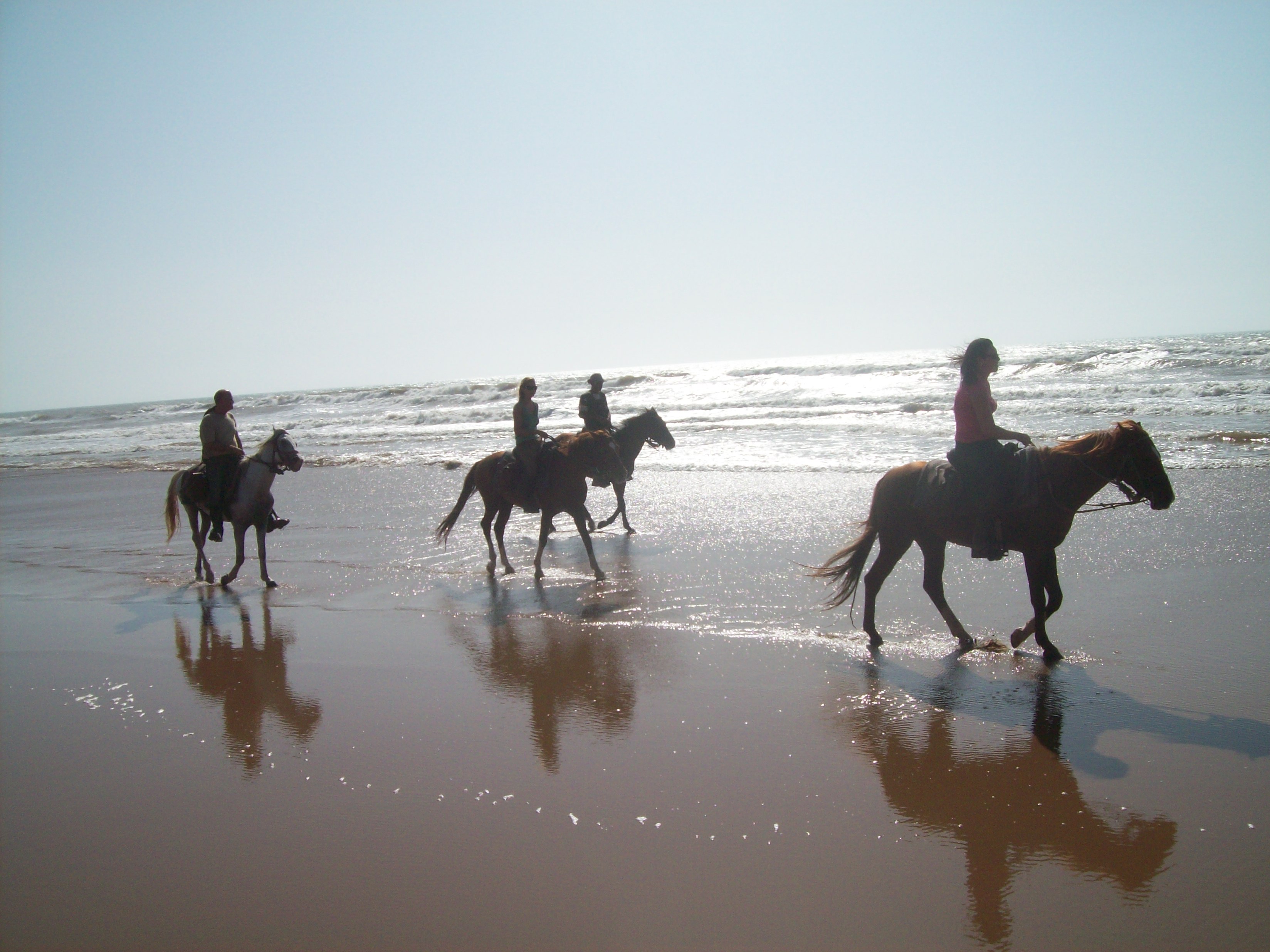
(photo taken from secretspotlodge.com)
"People ought to quit worrying so much about whispering to their horses and just start listening to them." Greg Darnall, Darnall Bits and Spurs
~ Saddle Up
